Yesterday-Today-and-Tomorrow, also known by common names such as Brazil Raintree, Kiss-Me-Quick, Lady-of-the-Night, and Fransiscan Rain Tree, is a striking ornamental shrub from the Solanaceae family. Native to Brazil, this woody plant thrives in hardiness zones 9, 10, and 11. Its name reflects its unique blooming habit, where flowers transition from purple to lavender, and finally white over three days, creating a captivating display of color changes.
Belonging to the species pauciflora, this shrub is widely admired for its vibrant blooms and is often chosen for garden landscaping in warmer climates. It has even earned the prestigious Award of Garden Merit from the Royal Horticultural Society (RHS), highlighting its beauty and reliability in cultivated spaces.
| Common name | Brazil Raintree, Brunfelsia, Fransiscan Rain Tree, Kiss-Me-Quick, Lady-of-the-Night, Morning, Noon and Night, Yesterday, Today and Tomorrow Plant |
| Botanical name | Brunfelsia pauciflora |
| Family | Solonaceae |
| Species | pauciflora |
| Origin | Brazil |
| Life cycle | Woody |
| Plant type | Shrub |
| Hardiness zone | 9, 10, 11 |
| Sunlight | Full Sun |
| Maintenance | Medium |
| Soil condition | High Organic Matter |
| Soil ph | Acid |
| Drainage | Well-Drained |
| Growth rate | Slow |
| Harvest time | Winter |
| Flowering period | Fall |
| Height | 3 ft. – 5 ft. |
| Flower color | Lavender, Purple |
| Leaf color | Green |
| Fruit color | Green |
| Stem color | Green |
| Fruit type | Capsule |
| Flower benefit | Fragrant |
| Uses | Container |
I. Appearance and Characteristics
Brunfelsia pauciflora is a species of flowering plant in the family Solanaceae, the nightshades. It is endemic to Brazil, and it is grown in cultivation. A shrubby perennial plant grown in gardens, its common names include today, tomorrow together, yesterday, today and tomorrow, morning-noon-and-night, kiss me quick, and Brazil raintree.
Cultivars bred for ornamental use include the common ‘Eximia’, the smaller, more floriferous ‘Floribunda’, and ‘Macrantha’, which has larger flowers without white throats. This plant has gained the Royal Horticultural Society’s Award of Garden Merit.
The genus name Brunfelsia commemorates sixteenth century German monk, Otto Brunfels. The specific epithet pauciflora is Latin for ‘few-flowered’.
This species is a shrub up to 2.4 meters tall by 1.5 wide whose bark is greyish brown and mostly smooth and only occasionally interrupted by longitudinal cracks. The sparsely existing branches stand upright to spread. The dark green, smooth branches are strong and glabrous, rarely covered with fluff-haired or glandular trichomes.
The leathery leaves are up to 16 centimeters long, dark green on top and paler on the undersides. The leaves are distributed on the branches or as a group at the branch tips. The hairless petioles have a length of 5 to 12 mm. The firmly membranous to almost leathery leaf blade is 6.5 to 16 cm long and 2 to 6.5 cm wide, elongated to elongate-lanceolate, rarely elliptic-oblong to ovate-elongated. The tip is pointed to short pointed, rarely blunted to notched.
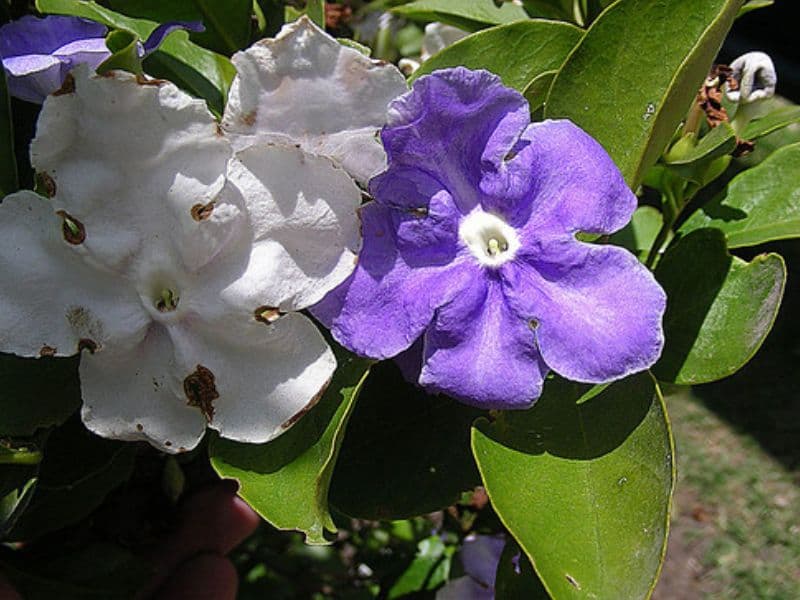
The base of the leaf blade is wedge-shaped to tapered. The leaf surface is glabrous or dotted on the underside of the midrib or slightly glandular hairy. The top is dark green, dull to shiny, the underside is light green. From the midrib go five to eleven side veins that run straight or in a wide arc.
The four stamens set in the upper part of the floral tube, the white stamens are almost circular, somewhat trough-shaped in the direction of the dust bag. The upper pair of stamens has 4 to 6 mm long stamens, the lower stamens are 2 to 4 mm long. The greenish-brown anthers are 1.5 to 2 mm long and circular to kidney-shaped. The bright green ovary is 2 to 3 mm high and has a diameter of 1.5 mm, it is conical-ovate shaped. The thread-like stylus has a length of 25 to 30 mm and is coloured lavender. The scar is bilobed, white, 1 mm long, the scar lobes are slightly different in size.
Fruit
With the ripe fruit, the stems are thicker and corky-warty. The light to dark green colored calyx is 18 to 32 mm long and has a diameter of 6 to 10 mm. It is tubular or rarely tubular-bellied or puffy, with glandular trichomes or completely hairless, firmly membranous to almost leathery. The calyx teeth are 3 to 8 mm long, ovate to ovate-lanceolate, they rest on the petal, the tips are pointed to tapered. On the fruit the cup is bell-shaped – urn-shaped, becomes firm and thick leathery, something enlarges and encloses the fruit completely.
The capsule, which is ripening between midwinter and early spring, is 20 to 22 mm long, 15 to 18 mm in diameter and almost spherical to ovate. The surface is smooth and light green, the pericarp is thin and dried at maturity. The capsule is slightly springing up. Each capsule contains 12 to 30 seeds, 5 to 6 mm long and 2.5 to 3 mm in diameter. They are ovate to elongate, angled and dark red-brown in color. The surface is dotted net-like. The embryo is about 5 mm long, straight, the cotyledons are 2 to 3 mm long and flat egg-shaped.
Flowers
Flowers are borne in cymes of up to 10. The flower is about 5 centimeters long. It blooms purple with a white throat, then turns lavender and then white. The shrub has all three flower colors at once as it blooms. This plant is toxic, especially the fruit. The inflorescences are terminal, are sitting or almost sitting and consist of one to eleven flowers.
Each flower is supported by one to three foliage-like bracts, which are 1 to 8 mm long, linear-lanceolate, concave and narrowly pointed. They may be glabrous or glandular. The plant blooms from autumn to early summer. The flowers are on 11 to 25 (rarely to 35) mm long, vigorous flower stems, which are upright, towards the tip are slightly wider, hairy or slightly glandular hairy.
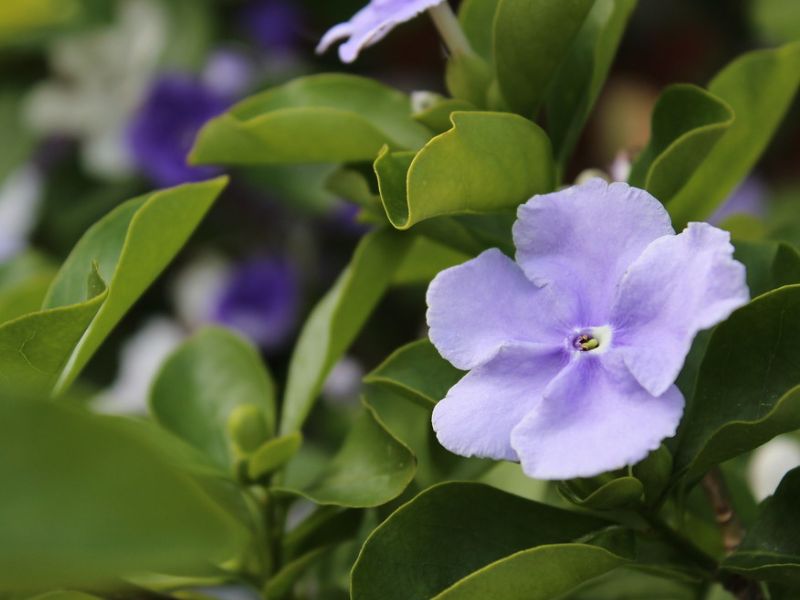
The crown is made up of five overgrown petals, it is initially deep red-purple and fades over the flowering phase to a very light lavender colour or white. At the transition between the petal and coronary band, white dots appear, the edge of the crown is occasionally violet colored.
The petal is 28 to 36 mm long and has a diameter of 1.5 to 3 mm, is just as long to twice as long as the goblet. At the end of the corolla tube forms an elliptical, white ring, which is 4 to 5 mm long. The lobes have a length of 15 to 30 mm, are widely rounded to almost elliptic, the tip is rounded-cut to dull, laterally overlapping more or less.
Toxicity
The roots of several species corresponding to the genus Brunfelsia contain substances whose consumption can cause problems in human health according to the compendium published by the European Food Safety Authority in 2012. In particular they contain indole alkaloids derived from Beta-carboline such as harmine, tetrahydroharmine, harmaline, manacin, manacein, and dimethyltryptamine and amidine derivatives such as pyrrole 3-carboxamidine.
II. How to Grow and Care
Sunlight
In its natural habitat, yesterday-today-and-tomorrow grows in light woodland and thickets with partial shade where it is protected from the scorching sun. An excellent location to plant brunfelsia is under the canopy of tall conifers that give it enough room to reach its mature height.
Temperature and Humidity
Because brunfelsia is a tropical plant, it thrives in a humid environment.
Watering
Whether you grow brunfelsia outdoors or in containers, the soil must be consistently moist but never soggy. Water as needed and never let the soil dry out.
Potted plants need daily checking, especially during the summer. In the winter, the indoor plants will go dormant and take up less water, so you need to reduce the watering accordingly.
Soil
The soil should be moist, acidic, and fertile, with a high amount of organic matter and good drainage.
Fertilizing
Before adding fertilizer to an outdoor brunfelsia, test the pH of the soil around the plant. If your soil is not acidic enough, apply liquid fertilizer for acid-loving plants but use about half of the strength indicated on the fertilizer label—every two weeks. If the soil is in the correct pH range, below 6, adding an acidic mulch such as peat moss or pine needles benefits the plant. This can help prevent the leaves from yellowing.
Container plants have higher fertilizer needs, so feed them every one to two weeks during the growing season, stop fertilizing them during the winter, and restart in the early spring.
Pruning
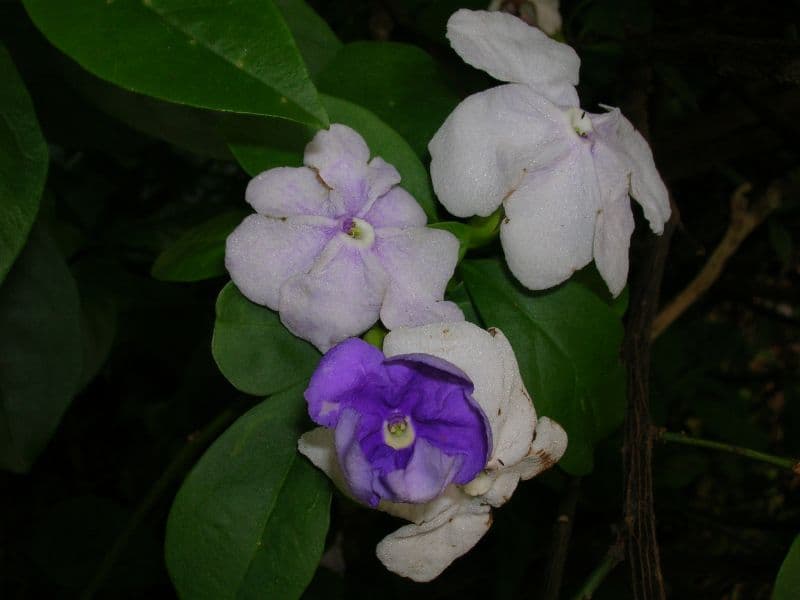
Brunfelsia is a slow grower, and pruning is not essential. However, to encourage bushiness and give the mounded shrub a neater appearance, remove all the spent flowers and give the plant an overall light trim after the spring bloom.
When grown in containers, pruning is critical to keeping the plant manageable. Wait until it is blooming, then cut back all the stems by about half.
Propagation
Propagate brunfelsia in the summer from semi-hardwood 8-inch healthy cuttings. It can also be grown with seeds. Here’s how to propagate by cuttings.
- You’ll need sterilized pruning shears to take the cutting, a small clean pot of fresh moistened potting soil, a clear plastic bag, a long pencil or a chopstick, and rooting hormone (optional).
- Remove all the leaves except the top two from the stem cutting.
- If using the rooting hormone, dip the cut end into the hormone.
- Plant the cut end into the soil, at least three inches deep.
- The plastic bag will act as a greenhouse for the cutting, cover the cutting, but use the chopstick or pencil as a stand to prop up the bag, so it does not rest against the cutting.
- Put the plant in a warm spot that receives filtered light.
- The plant should develop roots within four to six weeks. Check for rooting by tugging gently on the cutting. If you get resistance, roots are forming. Remove the bag.
How to Grow From Seed
Brunfelsia can be grown with seeds. Soak the seeds in warm water for 24 hours before sowing for quicker germination. Sow the seeds in a peat soil mix, planted about 1/4 inch deep. Place the plant in a warm, bright spot at least 70 to 75 F. The seeds should germinate within one to four months.
Potting and Repotting
When grown in containers, the yesterday-today-and-tomorrow plant requires regular repotting. In the spring, inspect the root system to see if it fills the pot and plant it in a larger pot with fresh potting mix.
Overwintering
If you bring the plant indoors for the winter, ensure it gets three to four hours of sunlight daily. You can increase the humidity by placing the plants on water-filled trays with pebbles.
How to Get to Bloom

Brunfelsia pauciflora should be a reliable bloomer with sufficient light, water, soil, and temperatures. It usually blooms in the spring and fall and may rebloom anytime, especially after pruning following a bloom cycle. Deadhead faded flowers to encourage reblooming.
It may not bloom or have very few flowers if it’s getting the wrong fertilizer. Instead, try a phosphorus-rich fertilizer to encourage blooms. If it’s getting too much nitrogen, it may spur the plant to grow abundant foliage, putting its energy into leaves.
Pests and Diseases
Common Pests & Diseases
Aphids can weaken the plant by sucking its sap. Similarly, spider mites can suck the plant’s nutrients from the plant’s leaves. Unless there is a heavy infestation, they can be removed by gently washing them off with water. Heavier infestations require insecticidal soap or neem oil.
Brunfelsia is deer-resistant.
Common Problems
Yesterday-today-and-tomorrow plants are easy to care for with relatively very few problems. However, if conditions are not correct, that can cause some issues.
Pale or Yellowing Leaves
Soil issues can hurt growth, such as if acidity levels are off or there’s a lack of nutrients. If the soil is not acidic enough or the plant is not getting enough nitrogen, it can cause pale yellow leaves throughout the plant.
If you notice pale yellow patches on older leaves, that can signify a magnesium shortage. It can be an iron deficiency if you see yellowing leaf veins, especially on younger leaf tips. If the youngest leaves turn entirely yellow, it’s potentially a sulfur deficit. If the older leaf edges turn bright yellow and then brown, but the inner part of the leaf remains green, it could be a sign of a potassium deficiency.
To remedy the problem, check the pH of the soil. Then, get your plant on a regular fertilizer routine with plant food for acid-loving plants. Plants in the ground need fertilizer every two weeks. Container plants may require feeding every one to two weeks.
Poor, Stunted Growth
Look closely at your plants and inspect for signs of insect activity. When aphids colonize a plant, they multiply intensely and suck the plant sap, draining the life out of plants. Similarly, spider mites also suck plant nutrients from the leaves. A tell-tale sign of mites is webbing under the leaves. Both types of insects can be hosed away with a steady stream of water, or you can treat the leaves and stems with insecticidal soap.
Soil Appears Chalky
If your plant appears to have chalky soil with a powdery residue on the top layer of the soil, it likely needs an iron supplement. Left untreated, it can cause the leaves to lose color and turn white. Use a commercial iron sulfate solution from a garden store or your plant supplier, and follow the container’s instructions. Check the acidity of the soil level before and after application, keeping within a 5.0 to 6.0 pH range.
III. Types of Brunfelsia Pauciflora
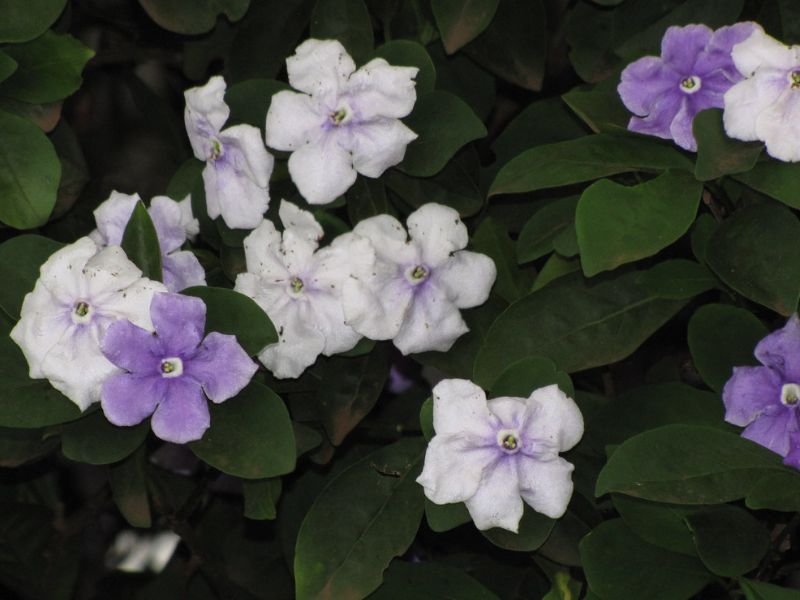
- Brunfelsia pauciflora ‘Floribunda’: Profuse bloomer with deep violet, then light violet, and eventually white flowers
- Brunfelsia pauciflora ‘Compacta’: Dwarf cultivar; doesn’t grow taller than five to six feet
- Brunfelsia undulata’ White Caps’: Erect bushy shrub grown for its twice-yearly display of creamy white flowers
- Brunfelsia australis: Also called Jasmine of Paraguay; tubular 1.5-inch flowers with five petals, broad leaves; highly aromatic
- Brunfelsia grandiflora: Requires more sun than Brunfelsia australis to bloom; also called chiricaspi
Find Where to Buy the Best Brunfelsia pauciflora (Yesterday, Today and Tomorrow Plant)

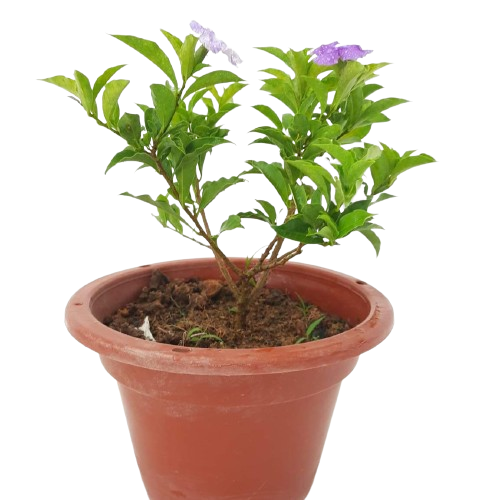



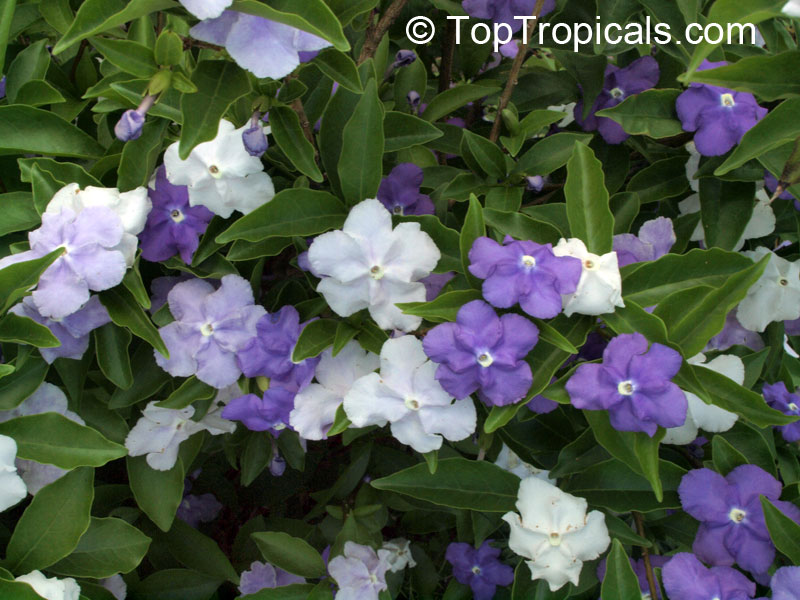


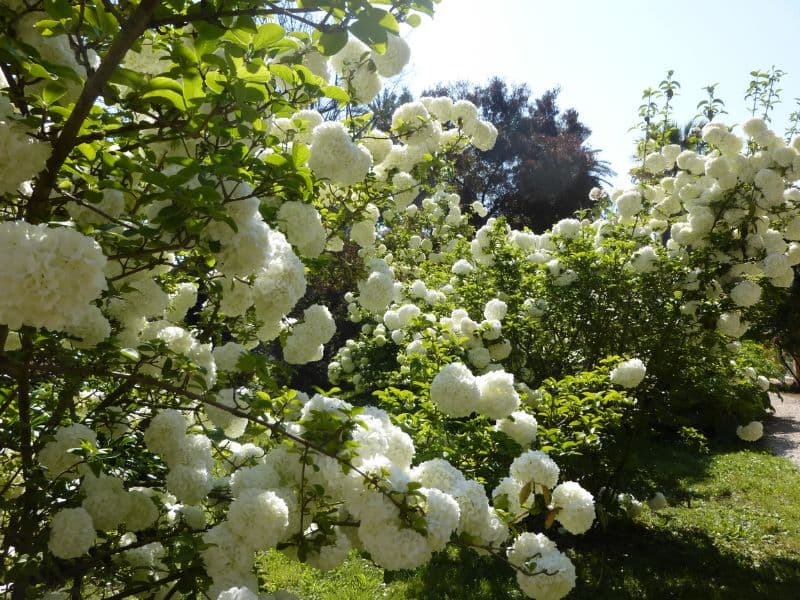
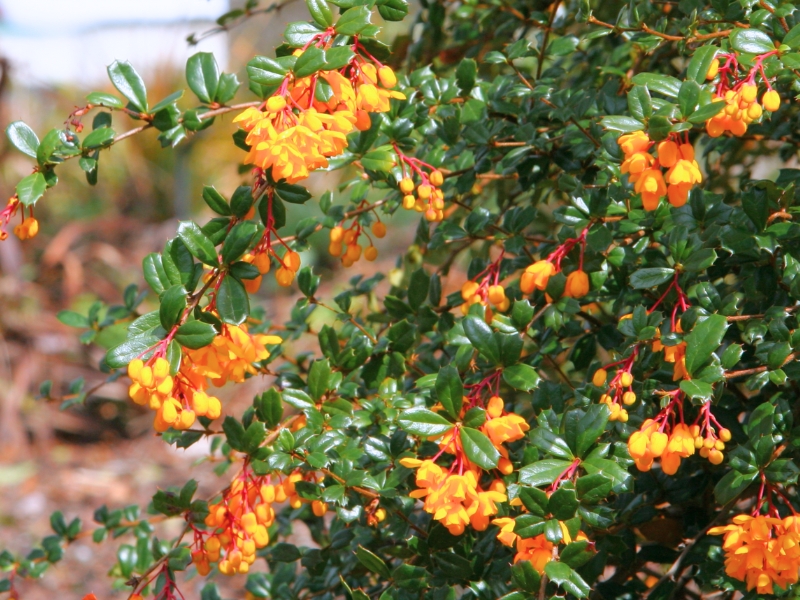
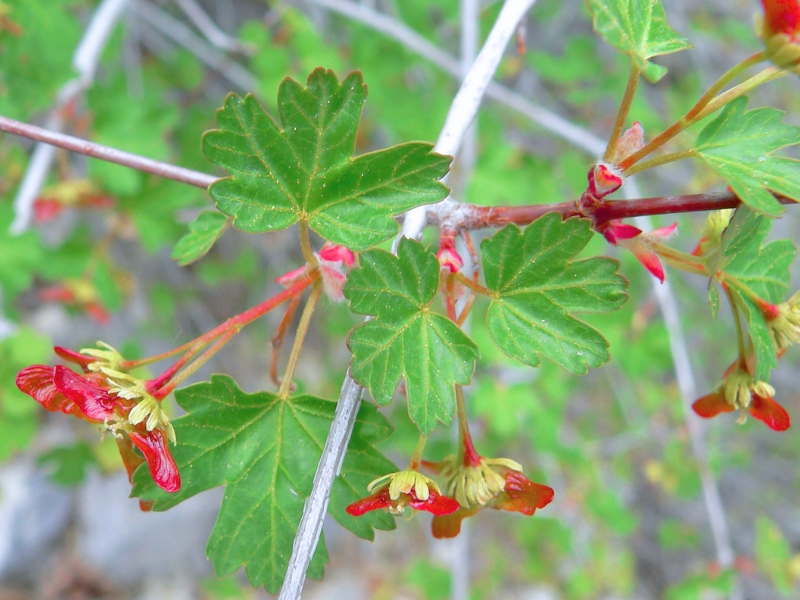
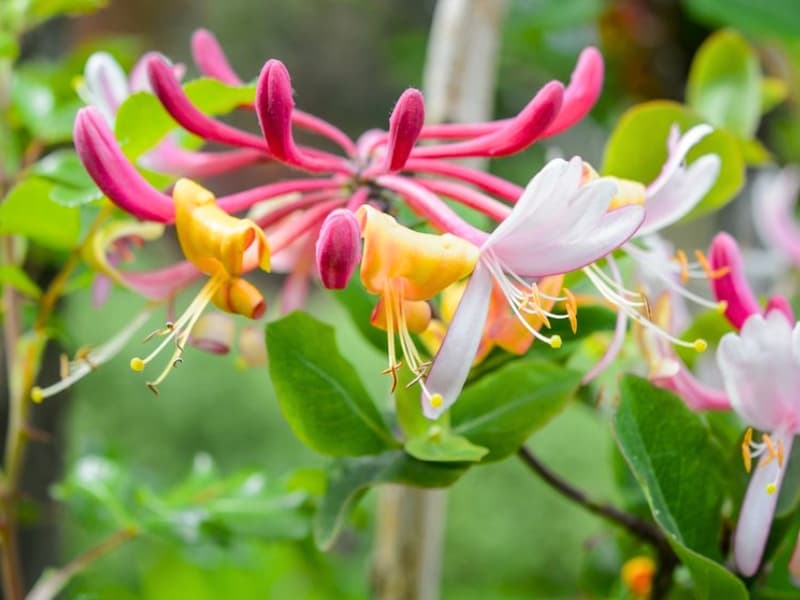
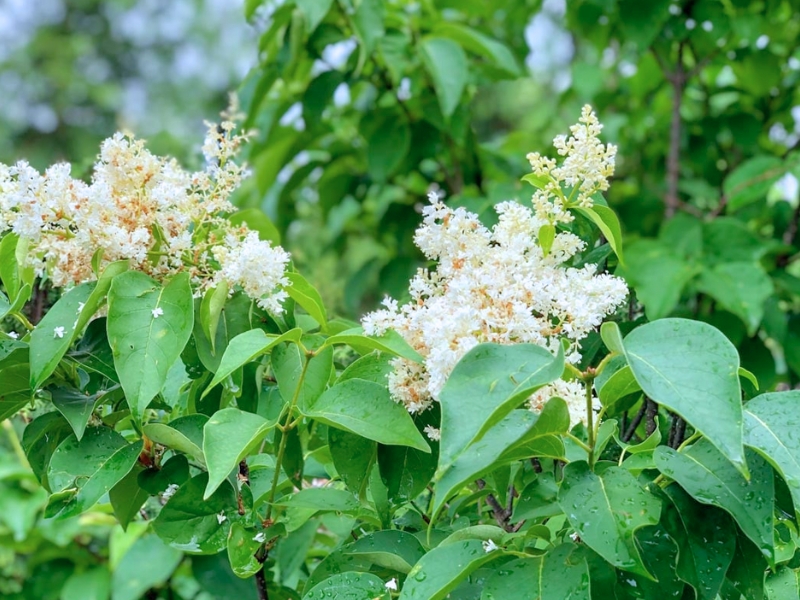
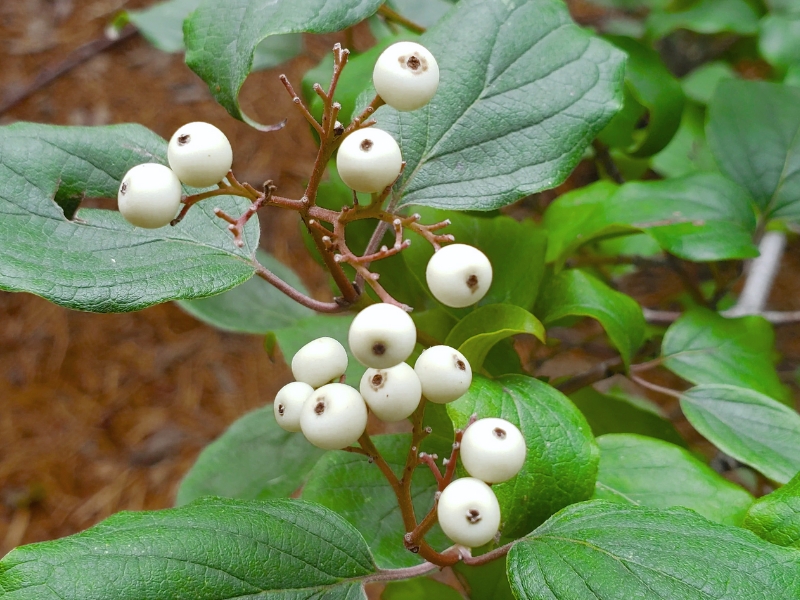
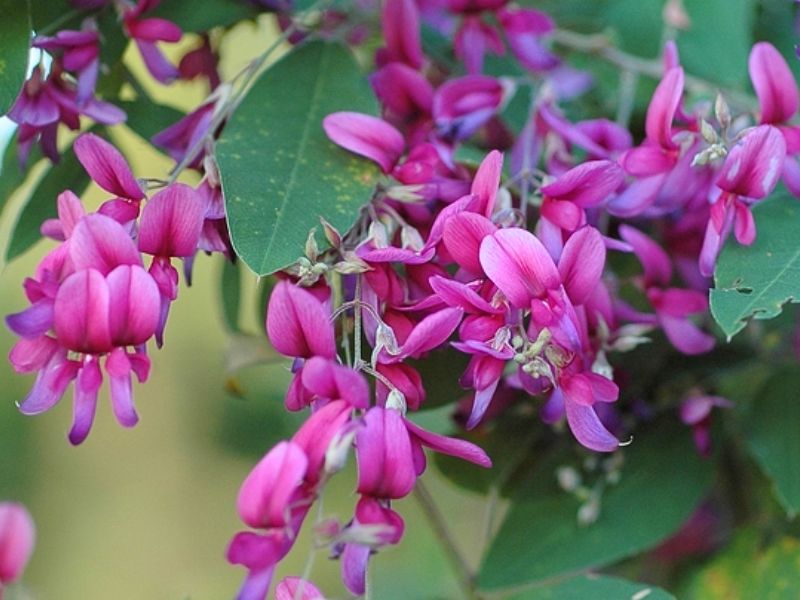
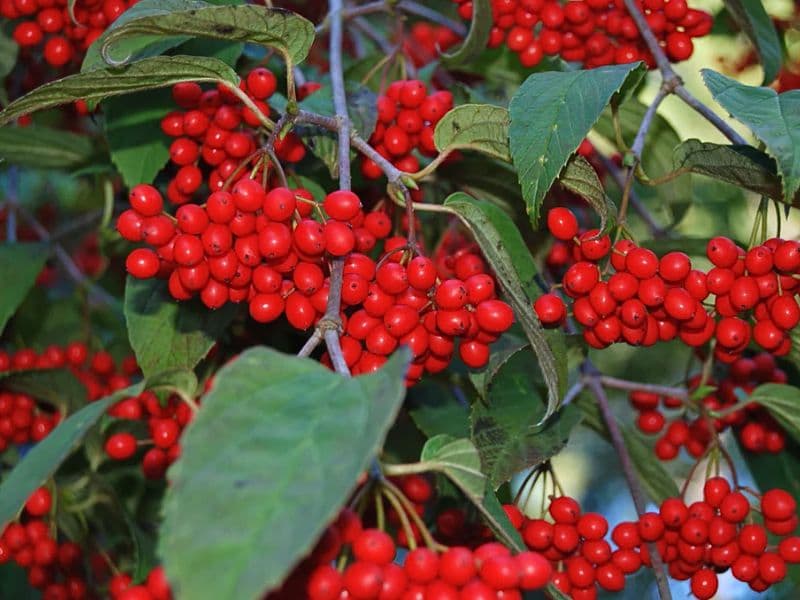
Leave a Reply